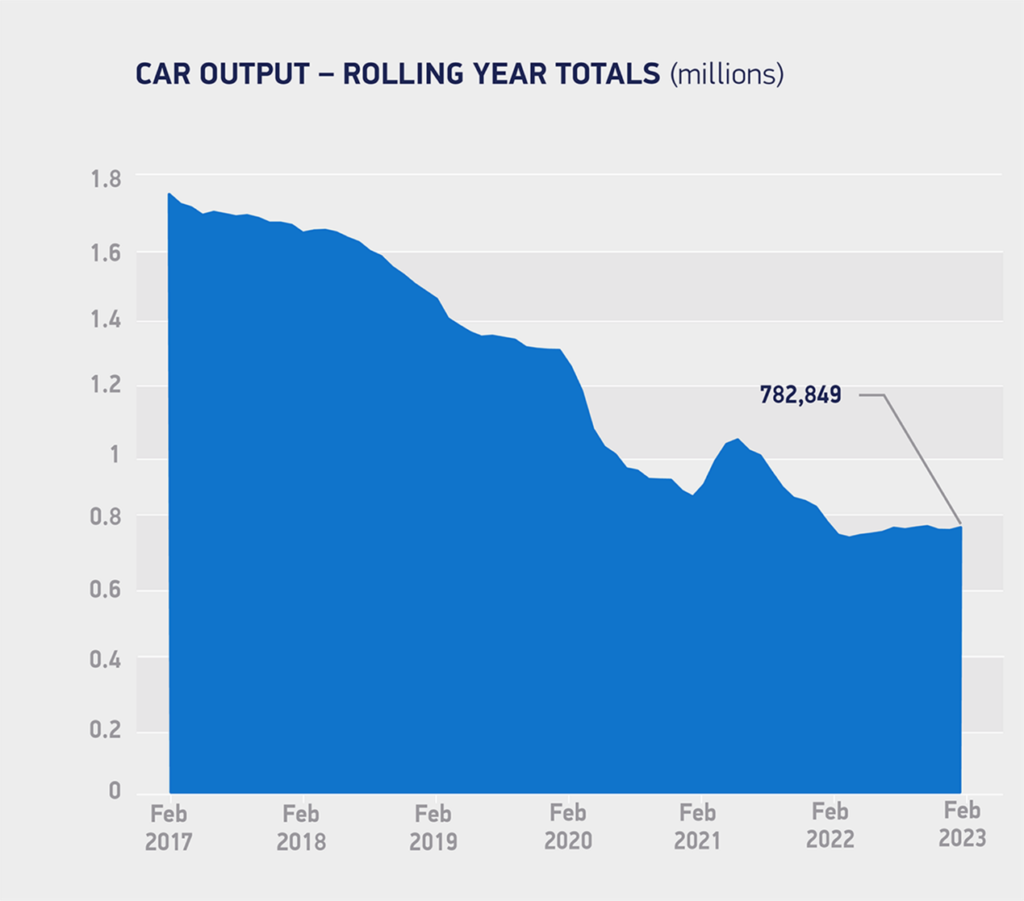Drivers Need Educating On New Car Safety Technology
Friday, 31. March 2023
Fleets are being urged to educate their drivers on new safety technology being fitted as standard on company cars to save lives and money. There should also be an onus on dealers to ensure that customers fully understand the equipment fitted in their new cars.
A range of advanced driving assistance systems (ADAS) devices were made compulsory on all new models in the EU last year and, as a result, are also being made part of UK specifications.
“These safety systems have the potential to be highly effective, but drivers need to understand how to incorporate them into their daily driving,” explained Ian Pearson, head of insured lease at Arval UK.
“It’s worth considering the historical lessons that can be drawn from reversing sensors. These have now been standard fitment on most fleet cars for a long time and the technology is well-proven, but even where reversing cameras are operational, drivers still back into stationary objects every day and sometimes at speed.
“In fact, it may be the case that they have become over-reliant on listening for the beeps and don’t use their mirrors, which shows the importance of using the device properly.”
Pearson says the technology available to today’s company car drivers is not “fail-safe” but there to assist the driver – and that can only happen if more is done to make them aware of how to make the best of features, such as lane departure and driver fatigue warning systems.
“It’s not about the technology in isolation, but how it interacts with the person at the steering wheel,” he added.
There is limited data on which ADAS devices were proving most effective for fleets when it came to improving safety, but Pearson claims that in itself underlined the need for more information to be given to drivers.
“The real-world success of ADAS is something that is difficult to measure,” he said. “If a driver drifts out of lane on a motorway and the steering corrects them, how do you know whether a collision has been avoided?
“What is important is that all of these devices have a potential role to play and could save the lives of employees out on the road if they are taught to use them correctly.”
Educating drivers does not need to be complex. Most of it can be done through some form of e-learning that is reinforced through periodic reminders.
“Use of ADAS should also be incorporated into fleet manager reviews when an accident takes place,” Pearson continued.
“However, we do know from Arval Mobility Observatory research that the ADAS devices most valued by fleet managers are collision avoidance and automatic emergency braking systems. This makes sense as they represent the technology most likely to prevent full-on collisions.”
Getting the most out of ADAS devices is not just purely a safety issue but also important in terms of extracting the most value from their cost.
“While the technology is generally a standard fitment on new cars, it is being incorporated into the price, so businesses are already paying for this potential safety,” said Pearson. “Also, it increases the cost of repair when there is an accident.
“There is a strong argument that fleets are – whether consciously or not – making quite a big investment in this technology and so should work to maximise its benefit.” By Graham Hill thanks to Fleet News
























